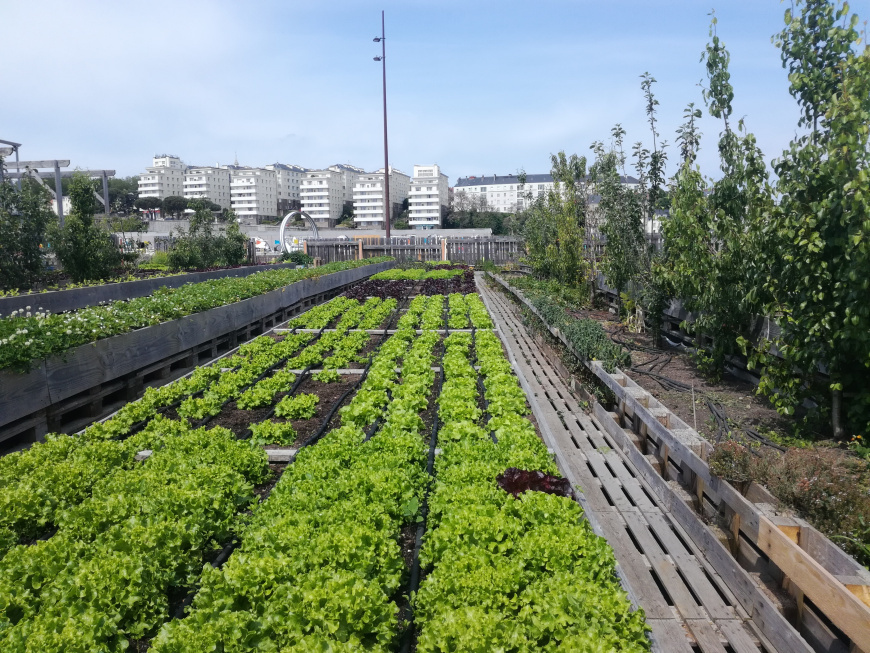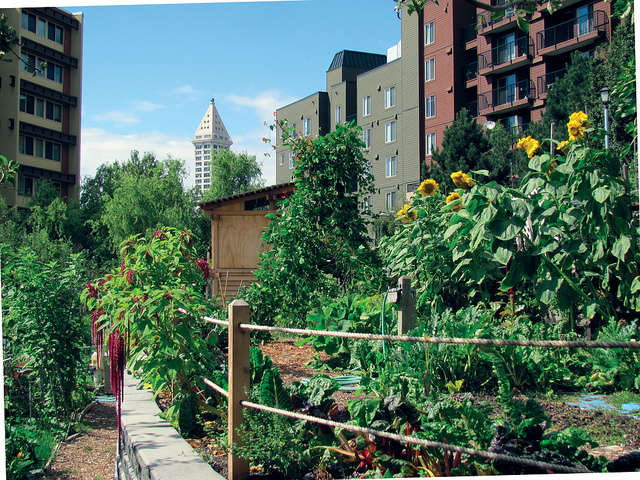City Blooming - Questions
Table of ContentsThe smart Trick of City Blooming That Nobody is DiscussingThe 8-Minute Rule for City BloomingNot known Incorrect Statements About City Blooming Some Known Incorrect Statements About City Blooming The Main Principles Of City Blooming
Intrigued in growing food for sale in the City of Chicago? Below is a list of often asked inquiries pertaining to the regulations and guidelines that farmers should think about when preparing an urban farming project.
The zoning change does not customize any kind of various other codes dealing with composting, structure authorizations, acquiring or renting City had home, company licenses or environmental contamination. There are existing codes that control these problems and they remain in complete effect and might apply to your project. Area yards are generally owned or managed by public entities, civic organizations or community-based organizations and maintained by volunteers.
Urban farms expand food that is meant to be marketed, either on a not-for-profit or for-profit basis. Because of their commercial objective, city farms call for a company certificate. Yes. An area yard is enabled to offer excess produce that was grown on site if the sales are accessory or subservient to the yard's main objective defined above.
Not known Facts About City Blooming
Composting is enabled however only for plant material that is generated and made use of on website. The quantity of garden compost material can not go beyond 25 cubic lawns at any kind of provided time according to the criteria in 7-28-715 of the City's Municipal Code. Yes. Since the soil at a lot of new garden websites needs amending, garden compost, soil, wood chips, or various other products can be gotten to construct or boost the growing space - City gardening.

If a building permit is required after that the hoophouse will be taken into consideration an accessory structure. You can locate out more regarding the structure license needs by calling the Division of Buildings. The 25,000-square-foot dimension limitation is meant to prevent a solitary neighborhood garden from dominating a provided block or interfering with the block's existing domestic or industrial personality.
The limitation does not apply to gardens situated in Public Open Area (POS) areas. Can there be even more than one community yard that is 25,000 square feet on a single block? Yes. The size limitation puts on specific yards, not to individual blocks. No. Secure fencing is not needed, nevertheless, yards that have huge vehicle parking areas may be called for to set up secure fencing or various other landscaping functions.
Things about City Blooming
B1 & B2 areas require that all industrial usage tasks be performed inside. Is fencing required for city ranches? Fences may be called for, along with landscape design and screening, for specific car parking areas and exterior work or storage space areas depending on location and the specific task taking place.
Urban farms need structure licenses and zoning approvals prior to building (urban gardening). Other types of city testimonial might be needed depending on particular frameworks, activities, dimension, landscaping, licensing, public heath and stormwater management concerns.
The Department of Service Matters and Consumer Security can aid figure out the particular kind of organization license that's needed. Off street auto parking is needed for many commercial tasks in Chicago. The needed number of parking spaces is based on the number of workers working on website and not the square video footage of the growing area.
The Greatest Guide To City Blooming

A city farm can sell garden compost material produced on website, however, the procedure has to conform with the regulations in 7-28-715 of the Chicago Municipal Code. Aquaponic systems are allowed indoors on urban ranches in many zoning districts.
As much as five hives or colonies of honey may be kept as an accessory use. Nonetheless, beekeepers have to sign up with the Illinois Division of Agriculture. For more details about the suggested zoning change you may get in touch with the Department of Real Estate and Economic Development, Bureau of Planning and Zoning at 312.744.8563.
Farming in cities and metropolitan areas A metropolitan ranch in Chicago. Urban agriculture refers to various techniques of cultivating. https://www.merchantcircle.com/blogs/city-blooming-san-francisco-ca/2024/6/City-Gardening-Growing-Urban-Spaces/2755418, handling, and distributing food in city locations. The term likewise uses to the area activities of animal husbandry, tank farming, beekeeping, and cultivation in a city context. Urban farming is distinguished from peri-urban agriculture, which occurs in backwoods beside suburbs.
Little Known Facts About City Blooming.
It can entail an activity of organic cultivators, "foodies" and "locavores", that look for to create socials media started on a shared ethos of nature and area holism. These networks can develop by way of formal institutional support, ending up being integrated right into local town as a "change town" movement for sustainable metropolitan development.
The more straight accessibility to fresh veggie, fruit, and meat products that might be become aware with city farming can boost food safety and security and my sources food safety while decreasing food miles, leading to reduced greenhouse gas discharges, thus contributing to climate modification reduction. A few of the initial evidence of metropolitan agriculture originates from Mesopotamia.